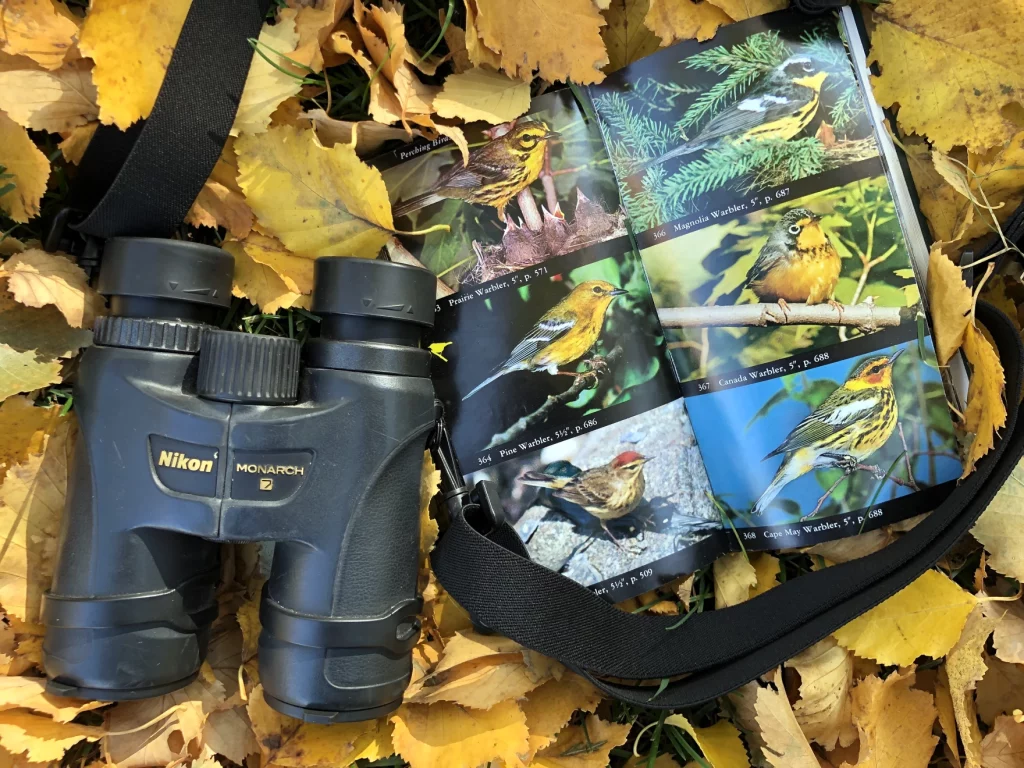Kansas- A head-spinning number of birds will fly over Kansas and Missouri on Wednesday and Thursday nights. Scientists say they need your help.
For starters, turn off any outdoor lights you can this time of year. Shut your blinds and curtains to keep your kitchen and living room lights from spilling into the night so that fewer birds die on their journey south by colliding into buildings or landing in cities and suburbs packed with danger.
And consider heading outdoors, preferably someplace quiet, to seek signs of this massive migration.
“Listening is a great way to experience it,” said Andrew Farnsworth, a scientist who researches migration at the Cornell Lab of Ornithology. Many birds call to each other while on the wing.
Another option:
“If you use binoculars or a telescope, you can see birds fly past the face of the full moon,” he said. “It’s called moon watching.”
The next full moon happens next week. Fall is also a great time to visit parks during the day in search of migrating birds that stop over.
Each fall, 700 million to 800 million birds head south through Kansas, but the nightly traffic varies immensely.
Good tailwinds can mean the difference between tens of thousands versus tens of millions of birds filling Kansas skies. Major pulses of migration tend to happen every few days.

Most of this movement happens between sunset and sunrise. Hundreds of species that might never hang out together on their summer stomping grounds converge high above our sleeping heads on their way to Mexican grasslands, Caribbean shores and Amazonian rainforests.
From teeny, hyperactive hummingbirds that flap like mad to hulking raptors that seem barely to move their wings, migration is more than the tranquil image of geese flocking in a V shape above red-tinged maples.
It’s a colorful blitz of wildly diverse creatures moving under the protection of darkness that cities and suburbs interrupt.
The traffic over Kansas typically peaks in late September and early October, Farnsworth says. Check BirdCast for nightly numbers.
Lights-out campaigns have gained momentum in cities such as Houston to darken skyscrapers and commercial centers throughout migration season.
But scientists say you don’t have to own major real estate to help.
Porch lights and uncurtained rooms dot suburbia, disorienting the nocturnal pilgrims and drawing them toward populated areas where they slam into buildings.
“Kansas is a great spot to think about (this) really massive movement,” Farnsworth said. “Generally speaking, the center of the United States is the thoroughfare for bird migration.”
North America has lost an estimated 25% of its bird population since 1970, or about 3 billion birds.
Migration this week
On Tuesday night, about 25 million birds migrated through Kansas and less than half a million through Missouri.
Wednesday night and Thursday nights looked poised for big movement over Kansas City and the two states.
Scientists estimate more than 450 million birds countrywide will take wing Wednesday night — with particularly heavy traffic in the middle of the country a few hours after sunset.
Cornell and Colorado State University scientists use many methods to track the movement, but especially radar, which picks up avian bodies the same way it picks up weather.
“Birds are like big raindrops, basically,” Farnsworth said.

Cornell offers other ways to help the continent’s shrinking bird populations, too. A few that rank high on the list:
- Add window details such as Acopian Birdsavers to make glass safer.
- Keep cats indoors.
- Add native plants to your yard, such as oak trees and coneflowers, where birds can rest and fuel up on insects and seeds.
Celia Llopis-Jepsen covers the environment for the Kansas News Service. You can follow her on Twitter @celia_LJ or email her at celia (at) kcur (dot) org.
The Kansas News Service is a collaboration of KCUR, Kansas Public Radio, KMUW and High Plains Public Radio focused on health, the social determinants of health and their connection to public policy.
Kansas News Service stories and photos may be republished by news media at no cost with proper attribution and a link to the Kansas News Service.













